The payment maturity model is a conceptual framework crafted to help online merchants navigate the complexities of payment processing. Developed by Denys Kyrychenko, Corefy's Co-founder & CEO, this model serves as a roadmap, guiding businesses from the rudimentary stages of payment acceptance to the pinnacle of payment innovation.
In this article, we'll delve into the intricacies of the payment maturity model, discuss the defining characteristics of each maturity level, and provide insights on how to elevate your company's payment processes.
What is the payment maturity model?
But why is payment maturity significant? Today, a company's ability to handle online payments efficiently is not just a convenience — it's a strategic imperative. The maturity of your payment systems directly impacts the customer experience, operational efficiency, and, ultimately, your bottom line. It determines how well a business can adapt to new market demands, manage transaction risks, and capitalise on new opportunities.
The five levels of merchants’ payment maturity
The payment maturity model breaks down the evolutionary path of payment processing into five distinct levels:
- Manual payments — basic, manual transaction processing, suitable for small businesses with low transaction volumes.
- Fragmented payments — the introduction of multiple payment systems, which may not be fully integrated, leading to a segmented payment environment.
- Unified payments — businesses have begun consolidating their payment processes into a more cohesive system, enhancing efficiency and data management.
- Responsive payments — businesses at this stage exhibit a high degree of flexibility, with systems capable of adapting quickly to changes in the payment landscape.
- Agile payments — the most advanced stage, where businesses not only adapt quickly but also proactively shape their payment processes to drive innovation and competitive advantage.
Each level is defined by specific characteristics, challenges, and goals, which we will explore in detail in the following sections. By understanding the payment maturity model, merchants can make informed decisions about investing in technology, processes, and partnerships to elevate their payment handling from a mere operational function to a strategic asset.

Level 1: Manual payments
| Criteria | Level's characteristics |
|---|---|
| Business size | Newbie merchant |
| Connected providers | 0 (manual) |
| System solution | None (manual) |
| Payment process owner | Founder/CEO (individual contribution) |
| Merchant’s side | No coding, no automation, shareable link |
| Provider’s side | Invoices, manual payments, payment links |
| Key goal | Startup, stay afloat |
In the initial stages of a business's online presence, handling payments often starts in the most basic form — manual processing. This is where the journey of payment maturity begins, characterised by a hands-on approach to each transaction. It involves the manual entry of transaction data, physical records, or simple digital tools such as spreadsheets.
Manual payment processes are feasible when transaction volumes are low, usually not exceeding a few hundred monthly transactions. In this case, there's no need for complex payment gateways or sophisticated software. Transactions can be processed through basic merchant accounts or simple online payment solutions.
Merchants at this level are laying the groundwork for their online payment journey. By recognising the limitations of manual processes and taking the first steps towards automation and digital solutions, they can set the stage for growth and a more robust payment processing framework.
Level 2: Fragmented payments
| Criteria | Level's characteristics |
|---|---|
| Business size | Small merchant |
| Connected providers | 1-3 |
| System solution | External PSP |
| Payment process owner | Top Manager (individual contribution) |
| Merchant’s side | Low coding, basic integration, prebuilt payment form (redirect to PSP-hosted checkout) |
| Provider’s side | Checkout (hosted payment page) |
| Key goal | Stabilisation, focus on availability, reliability, consistency, growing volumes |
As businesses grow and transaction volumes increase, the limitations of manual processes become evident, leading merchants to adopt more advanced payment solutions and multiple payment systems, which may include a combination of manual and digital processes. The lack of integration between these systems can lead to a disjointed payment environment. It can result in inefficiencies, data inconsistencies, and increased exposure to risks like fraud and chargebacks. Besides, the presence of multiple systems increases operational complexity, requiring more time and resources to manage.
Merchants in the Fragmented payments stage generally handle a moderate number of transactions, ranging from a few hundred to several thousand per month.
This stage represents a critical turning point for businesses. It's a sign of growth and a call to action to address inefficiencies and prepare for further scaling.
Level 3: Unified payments
| Criteria | Level's characteristics |
|---|---|
| Business size | Medium merchant |
| Connected providers | 1-5 |
| System solution | Payment CRM |
| Payment process owner | Payment Manager (functional management, 1-3) |
| Merchant’s side | Self-managed payment page, PSP UI components, redirect to PSP checkouts, unified payment CRM |
| Provider’s side | Elements (hosted payment fields) |
| Key goal | Unification, focus on a unified system for all payment types, moving from account- to transaction-based view |
Upon reaching the Unified Payments level, merchants have made significant strides towards integrating and streamlining their payment systems. This level is a substantial leap forward from fragmented processes and indicates a maturing e-commerce operation.
Merchants at this stage streamline their payment systems into a cohesive framework, often with centralised data management. A unified system enhances efficiency, reduces errors, and supports better financial reporting. It sets the stage for scaling, improving customer experience, and potentially expanding into new markets.
While integration offers many benefits, it also introduces technical complexity requiring skilled personnel.
At this stage, companies have a solid foundation for a scalable, efficient, and secure payment system. However, it requires vigilance to maintain and improve upon these gains.
Level 4: Responsive payments
| Criteria | Level's characteristics |
|---|---|
| Business size | Large merchant |
| Connected providers | 3-9 |
| System solution | Payment gateway (hub) |
| Payment process owner | Payment Manager (dedicated team, 2-5) |
| Merchant’s side | Self-hosted payment gateway, Routing & Cascading, custom payment page, PCI DSS, dedicated payment team |
| Provider’s side | API only (host-to-host) |
| Key goal | Performance, focus on facilitating customer interaction on all levels |
This level is about harnessing the full potential of a unified, customisable white-label gateway to deliver a proactive, customer-centric payment experience. Adaptability and quick response to market dynamics become key operational strengths.
Payment systems are now capable of quick modifications to accommodate market trends, regulatory changes, or new technologies. This responsiveness allows for swift market penetration and enhanced customer satisfaction. Merchants can offer more personalised payment experiences and easily handle high transaction volumes. They also start to deploy advanced features like real-time analytics, smart routing, and AI-driven fraud detection, tailored to their unique business needs.
The Responsive payments stage represents a high level of maturity in the payment processing journey. Businesses operating at this level are equipped to handle the present complexities of online payments and are poised to lead the way in innovation and customer satisfaction.
Level 5: Agile payments
| Criteria | Level's characteristics |
|---|---|
| Business size | Enterprise merchant |
| Connected providers | 10+ |
| System solution | Payment processor |
| Payment process owner | Head of Payments (business unit, 5-20) |
| Merchant’s side | Standalone product, full-fledged payment processor, self-hosted payment processor (hub), dedicated payment department, payment dashboard, payment BI/Analytics |
| Provider’s side | API only (host-to-host) |
| Key goal | Optimisation, focus on relationships with customers across all dimensions |
Agile payments embody the pinnacle of payment innovation, where flexibility, efficiency, and strategic foresight converge to create a robust and dynamic payment ecosystem. At this stage, businesses don't just adapt to changes — they anticipate and shape them, setting new standards in payment processing.
Constant innovation at the forefront of payment technology can be challenging to sustain, requiring dedicated resources and a culture that fosters creativity and experimentation. The sophistication of the payment infrastructure also demands expertise, ensuring reliability and scalability without compromising security. Besides, staying compliant with a myriad of international laws and regulations requires vigilance and adaptability, especially as businesses expand their global footprint.
How to assess a company's payment maturity level?
Understanding your company's position within the payment maturity model is a critical first step towards optimising your payment operations. To facilitate this self-assessment, we've developed a quick 7-question quiz that enables businesses to gauge where they stand in the payment maturity spectrum and identify improvement areas.
Why take this quiz?
- Based on your maturity level, the quiz provides customised payment expert recommendations.
- The results offer insights into common challenges and opportunities at your current level.
- Our payment experts shared tips to guide you towards the next steps in your payment maturity journey.
How to improve your payment maturity?
Elevating your company's payment maturity is a strategic journey that involves refining your payment processes, adopting new technologies, and enhancing your customer's payment experience. Here are some generalised actionable strategies to improve your payment operations (don't forget to take the quiz for more tailored tips!):
- Embrace automation and integration. For businesses at the Manual or Fragmented payments level, the first step is to automate repetitive tasks and integrate disparate payment systems. It could mean adopting a unified payment platform that consolidates transaction data and provides a single view of your payment ecosystem.
- Expand payment options and providers. Diversify your payment methods and providers to reduce dependency on a single service and cater to a broader customer base. It is imperative as you move towards the Unified and Responsive levels, where flexibility and customer convenience are key.
- Invest in advanced features and security. As you progress to higher maturity levels, investing in advanced payment features like smart routing, real-time analytics, and AI-driven fraud detection becomes crucial. Equally important is strengthening your payment security to protect customer data and comply with regulations.
- Leverage data for strategic decisions. Use the data analytics capabilities of your payment systems to gain insights into customer behaviour, transaction patterns, and potential areas for improvement. Data-driven decision-making is a hallmark of companies at the Responsive and Agile payments levels.
- Focus on customer experience. Enhance the customer payment experience by offering seamless, fast, and secure transactions. Consider customising the payment page to reflect your brand and providing personalised payment options based on customer preferences.
- Stay informed and adapt. The payment industry is continuously evolving. Stay informed about the latest trends, technologies, and regulatory changes. Being adaptable and ready to implement new solutions is essential for maintaining and improving your payment maturity.
- Seek expert guidance. Payment optimisation can be complex as you aim for higher maturity levels. Don't hesitate to seek advice from payment experts or consider partnering with payment service providers that offer consultancy and support.
Improving your payment maturity is not a one-time effort but a continuous assessment, implementation, and refinement process. Regularly revisiting your payment operations, staying abreast of technological advancements, and being responsive to customer needs will ensure that your business achieves and maintains a high level of payment maturity.
Conclusion
The payment maturity model offers a comprehensive framework for understanding and enhancing merchants' payment operations.

Here’s a table summarising the critical characteristics of every maturity level:
| Level | 1 - Manual payments | 2 - Fragmented payments | 3 - Unified payments | 4 - Responsive payments | 5 - Agile payments |
|---|---|---|---|---|---|
| Business size | Newbie merchant | Small merchant | Medium merchant | Large merchant | Enterprise merchant |
| Connected providers | 0 (manual) | 1-3 | 1-5 | 3-9 | 10+ |
| System solution | None (manual) | External PSP | Payment CRM | Payment gateway (hub) | Payment processor |
| Payment process owner | Founder/CEO (individual contribution) | Top Manager (individual contribution) | Payment Manager (functional management, 1-3) | Payment Manager (dedicated team, 2-5) | Head of Payments (business unit, 5-20) |
| Merchant’s side | No automation. Shareable link | Basic integration. Prebuilt payment form (redirect to PSP-hosted checkout) | Self-managed payment page. PSP UI components. Redirect to PSP checkouts. Unified payment CRM | Self-hosted payment gateway. Routing & Cascading. Custom payment page. PCI DSS. Dedicated payment team | Full-fledged payment processor. Self-hosted payment processor (hub). Dedicated payment department. Payment dashboard. Payment BI/Analytics |
| Provider’s side | Invoices. Manual payments. Payment links | Checkout (hosted payment page) | Elements (hosted payment fields) | API only (host-to-host) | API only (host-to-host) |
| Key goals | Startup. Stay afloat | Stabilisation. Focus on availability, reliability, consistency, growing volumes | Unification. Focus on a unified system for all payment types, moving from account- to transaction-based view | Performance. Focus on facilitating customer interaction on all levels | Optimisation. Focus on relationships with customers across all dimensions |
By progressing through the maturity levels, from Manual to Agile payments, businesses can improve their operational efficiency and enhance their competitive edge. The journey requires commitment, investment, and a forward-looking approach, but the rewards include greater scalability, enhanced customer experiences, and the agility to navigate the increasingly competitive and changing landscape.



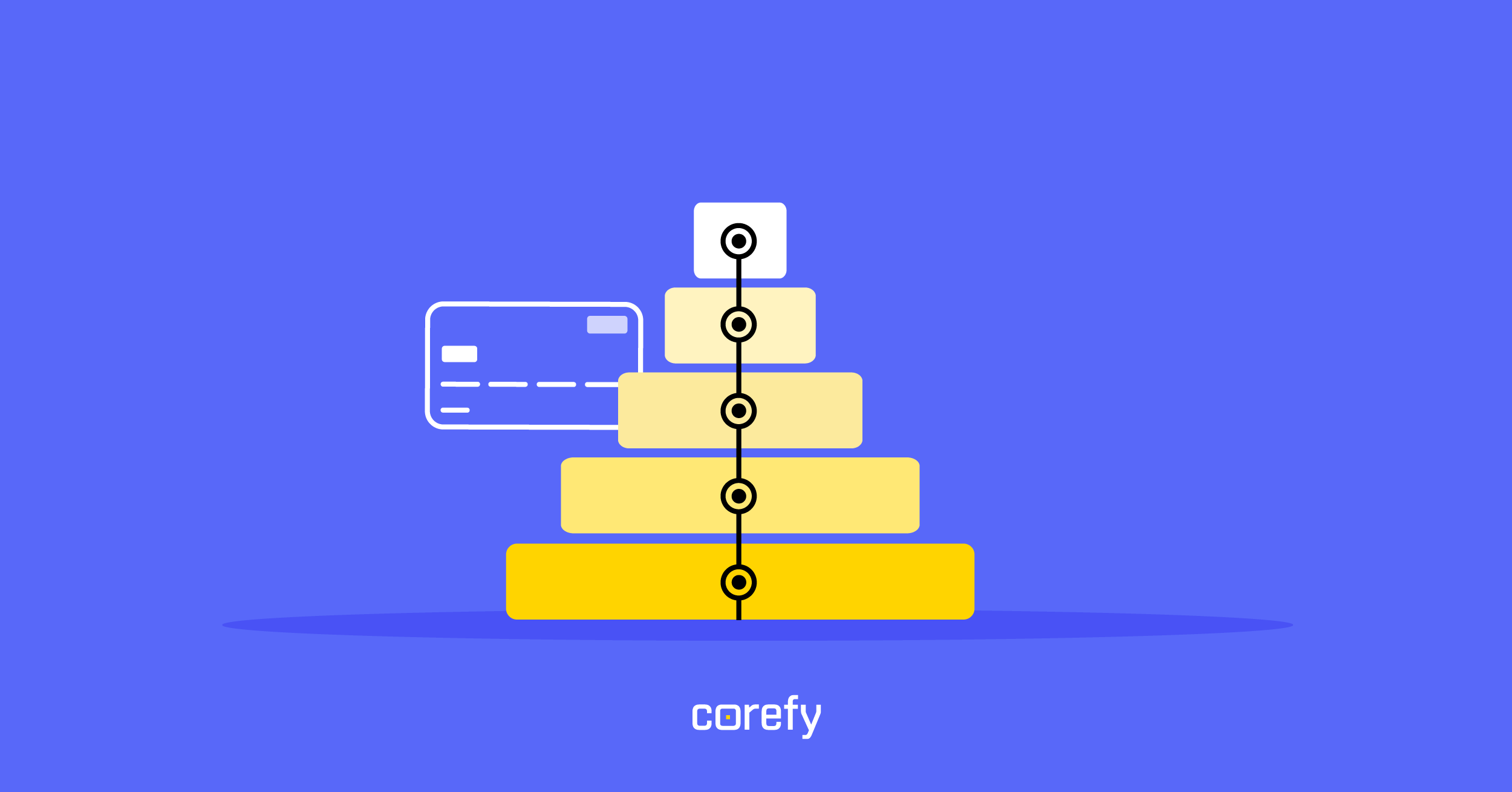

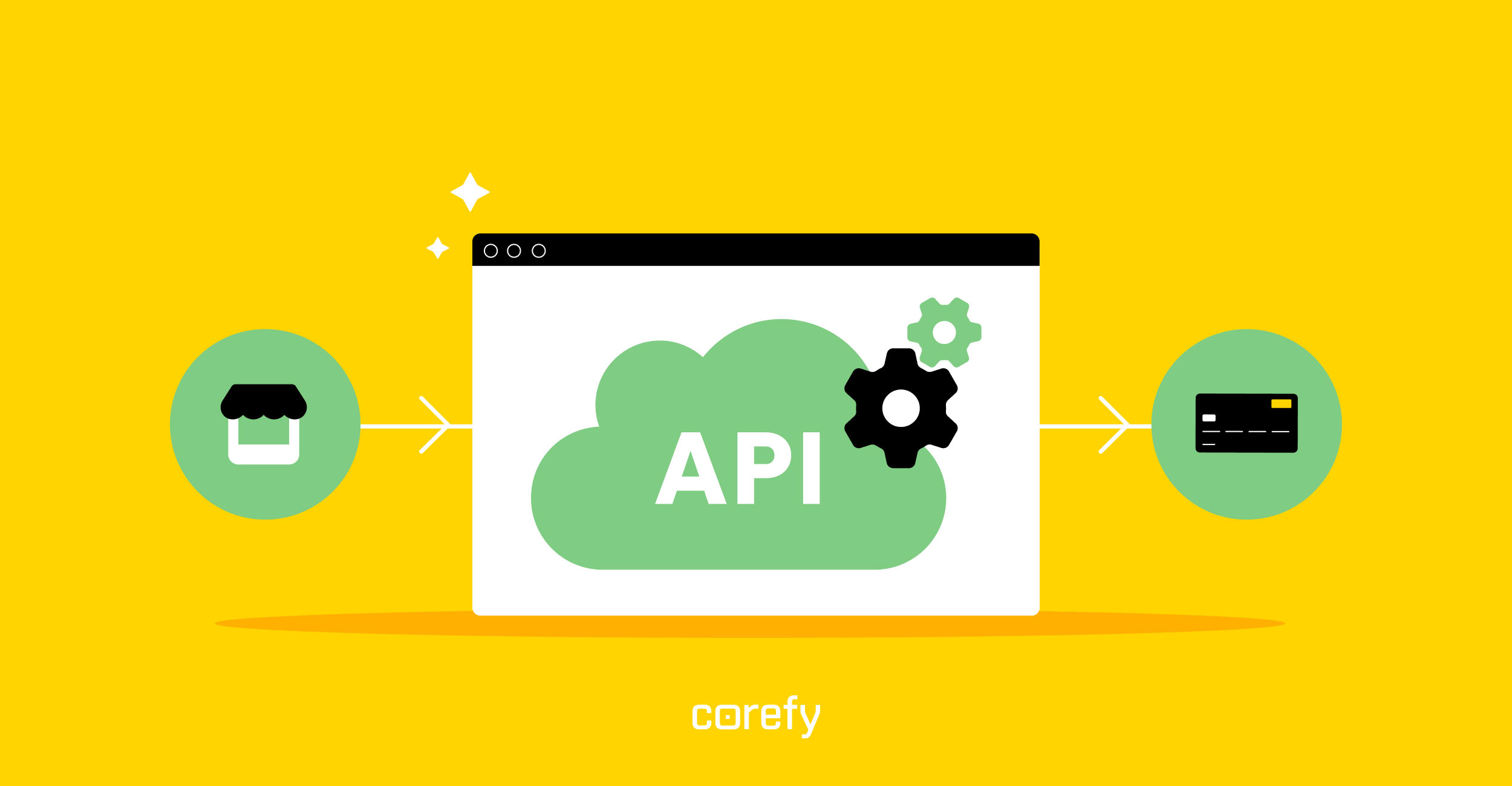
.jpg)

.jpg)
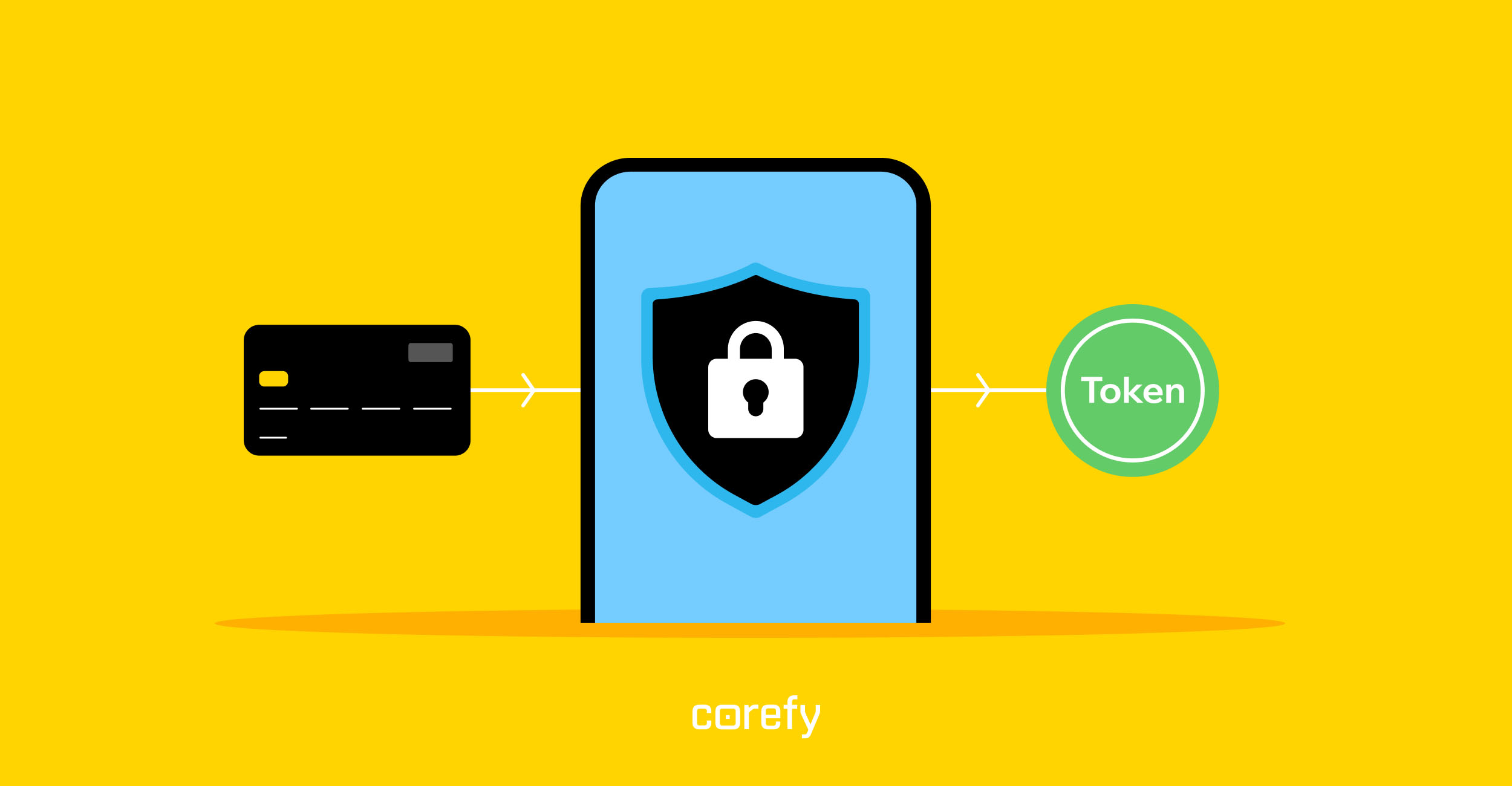
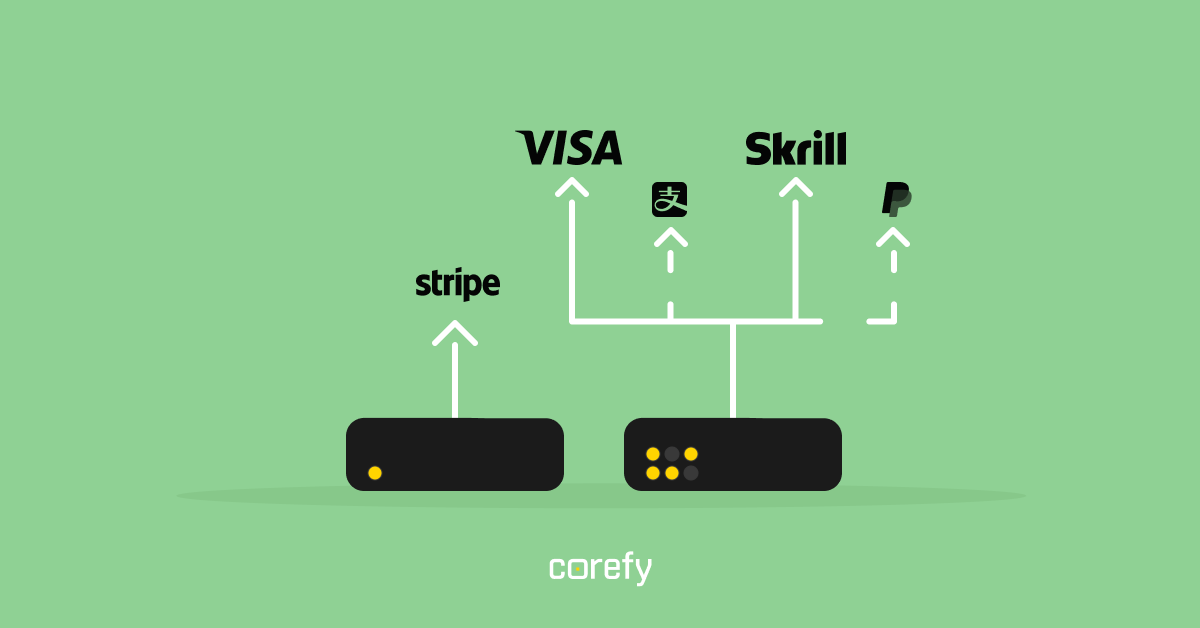
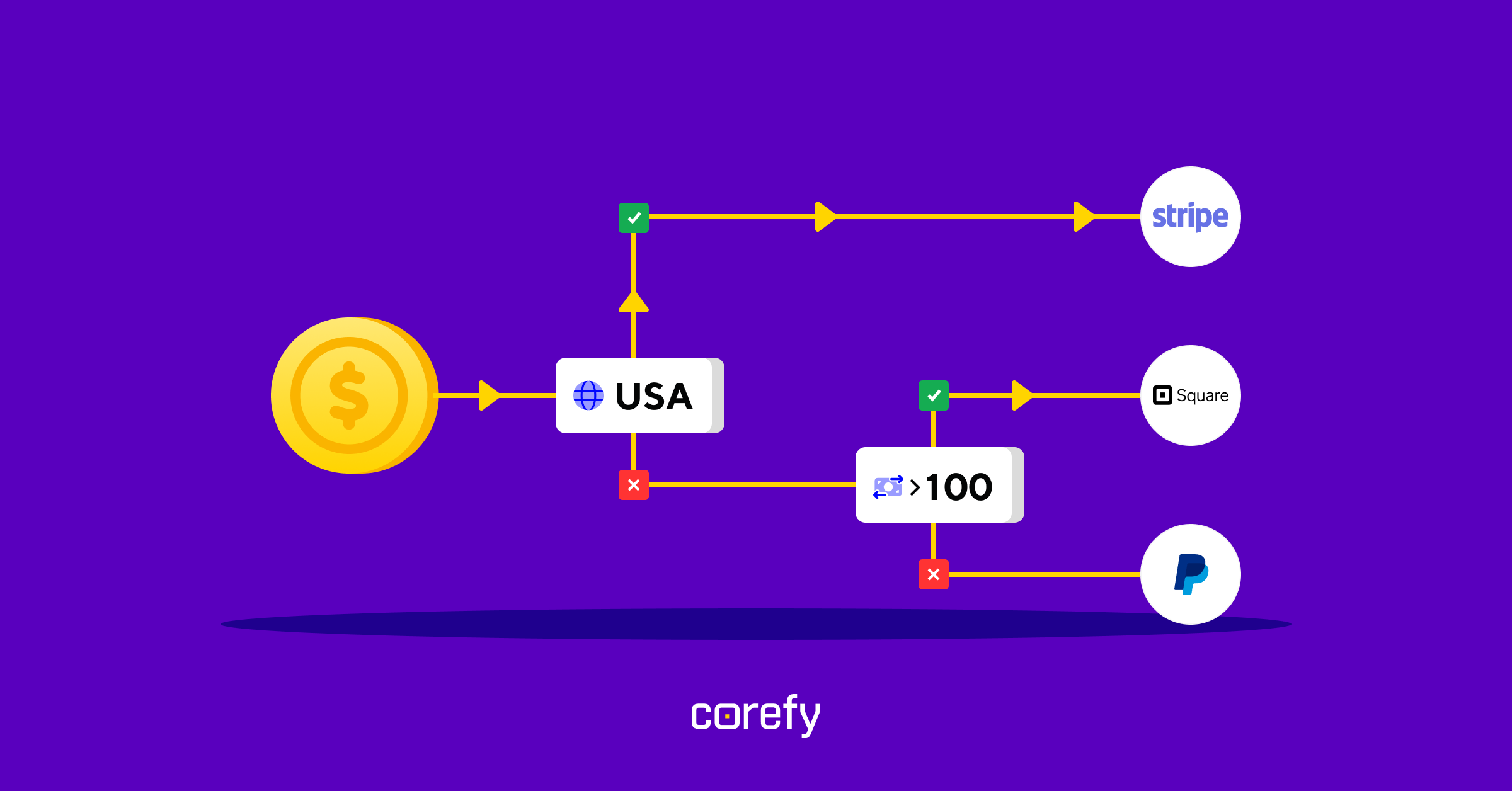
.jpg)
